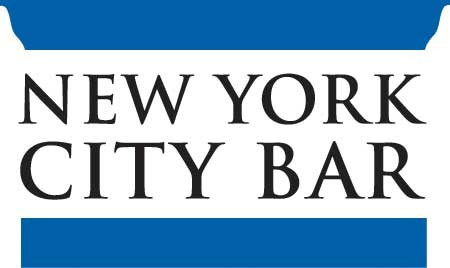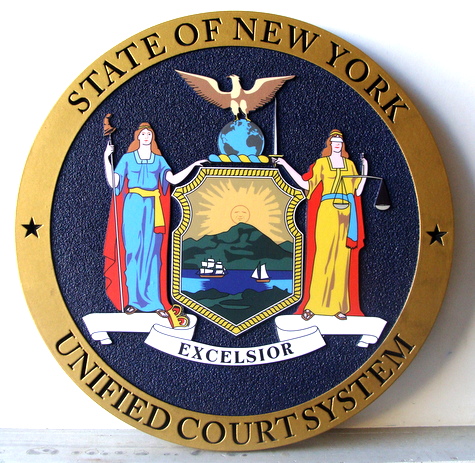- WHAT IS ACS?
- HOW CASES START
- WHAT DOES ACS DO?
- WHAT SHOULD I DO
- HOW CAN YOU HELP
- FAMILY COURT
- FOSTER CARE
- ACS HOME VISITS
- ACS MISTAKES
- BRONX FAMILY COURT


BRONX ACS DEFENSE LAWYER
BRONX FAMILY COURT PROCEEDINGS
What Is a Child-protective Proceeding?
When it appears that a child less than eighteen (18) years of age has been abused or neglected or is in danger of being abused or neglected, a petition may be filed by a child-protective agency asking the Family Court to assist in protecting the child. In New York City, this agency is the Administration for Children's Services.
The court then holds hearings to decide if the allegations are true and if so, what action the court should take to protect the child.
What If the Child Has Been Removed from Home by the Police or by an Agency?
At the time the petition is filed in Family Court, the child may already be in foster care after an emergency removal from his or her home by the agency or the police. (This removal may be done with or without a court order.) Regardless of whether the child has been removed from home with or without the parents' consent, the parents may ask that a court hearing be held within a short period of time to see if the child may return home until a full hearing on the allegations is completed.
Do the Parents Need Lawyers to Represent Them?
The parents or guardians against whom the petition is filed, called the "respondents", may hire attorneys to represent them in court, or ask the court to assign attorneys at no cost if they cannot afford to hire their own. Each respondent must have a separate attorney.
An attorney is also assigned to represent the child; this attorney is called the "Attorney for Child."
CourtHelp - Legal Referral
How Does the Court Case Begin?
The petition and a summons must be served upon (delivered to) the parents or other persons legally responsible for the child's care to allow them to come to court and hear the case against them, and to present a defense. If the persons named in the petition are not the child's parents, but some other persons who are legally responsible for the child, then the parents must also be served with court papers so that they may appear in court if they wish to request temporary or permanent custody of their child. In some cases, other close relatives of the child may also appear in court.
There are no filing fees in Family Court.
What Happens at the Fact-finding Hearing?
The court holds a "fact-finding hearing" to decide whether the child has been neglected or abused and a "dispositional hearing" to decide what should be done if the court finds that the child has been neglected or abused.
At the fact-finding hearing, the child-protective agency may present hospital and agency records, photographs and other evidence of neglect or abuse, and may produce witnesses. If appropriate, the child may be called as a witness. Sometimes young children may be seen by the judge in "chambers" (the judge's office) instead of in the courtroom. The respondents have the right to cross-examine the witnesses and challenge the evidence produced in court, and to present their own witnesses and evidence.
What Happens after the Fact-finding Hearing?
If the court finds that the allegations have not been proven:
the court will dismiss the petition and return the child to his or her home.
If the court decides that the child has been abused or neglected:
A dispositional hearing will be scheduled so that the court may consider what to do in the best interests of the child.
Before the dispositional hearing, if the child has not already been removed from the home and the court finds that removal would be best for the child, the child will be removed and "remanded" to the agency's custody. The child may be placed in foster care or with other suitable persons until the court makes its final disposition.
The court then orders an investigation of the child's home and family by the Administration for Children's Services or the Probation Department. In some cases, the court orders an evaluation by the Mental Health Services. Reports are prepared to help the judge decide how best to protect the child.
What Happens at the Dispositional Hearing?
At the dispositional hearing, the court hears testimony and reviews reports recommending what should be done for the child. Possible dispositions include:
releasing the child to the parents or guardian, on the condition that they not commit further neglectful or abusive acts; or
releasing the child to the parents or guardian, with supervision and services provided by child-protective agencies; or
placing the child in foster care for a period of time, while services are provided to the parents to allow for a possible return of the child at a future date; or
final order of protection (may be until child’s 18th birthday); or
suspended judgement ( 12 months).
A child may be placed in foster care for a period of up to one year. The court has continuing jurisdiction, the child remains legally placed until each permanency hearing is complete and permanency is achieved. All cases of children placed out of their homes must remain on the family court’s calendar until permanency has been achieved. The court must pre-schedule all permanency hearings.
What happens at the Permanency Hearing?
The first permanency hearing must be be held 8 months after child is placed and every 6 months thereafter. ACS is required by law to send notice and a “sworn permanency hearing report”, 14 days prior to the hearing, to the parties and their attorneys , Attorney for Child, agency, relatives caring for the child and pre-adoptive parents.
The court must determine the appropriateness of the agency’s permanency plan. Also, the court must determine if the agency is making reasonable efforts to effectuate plan.